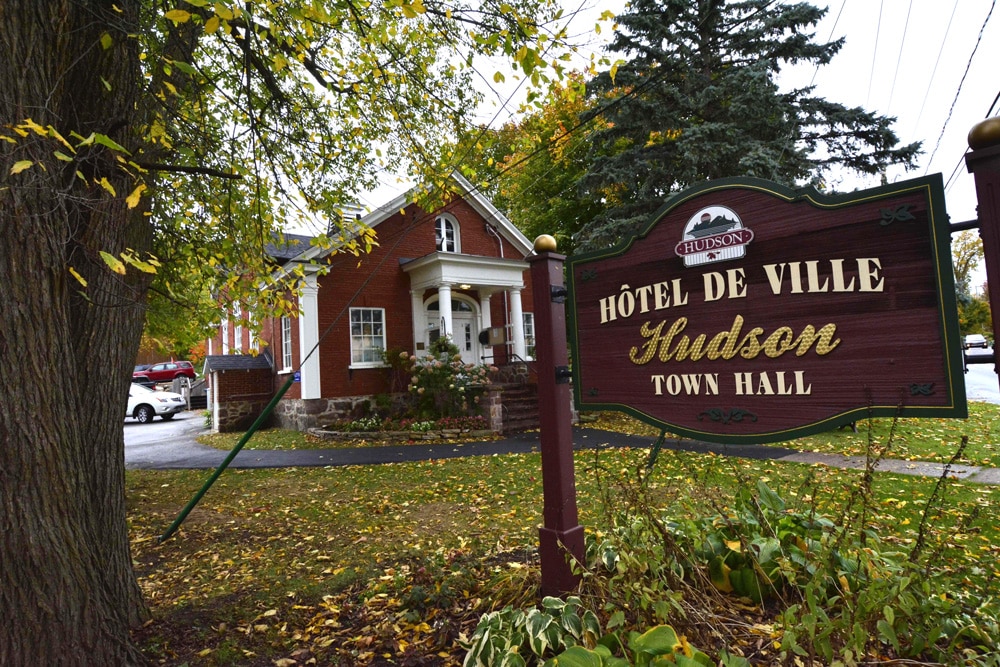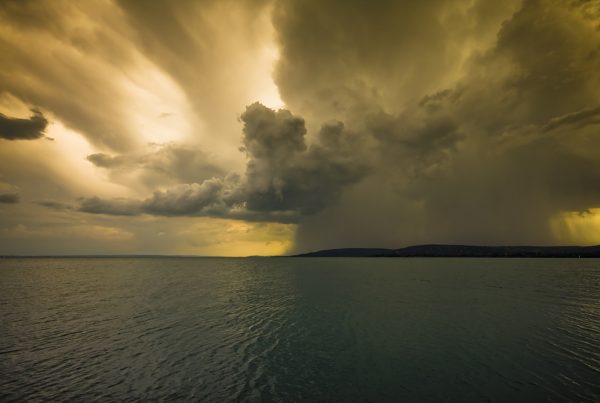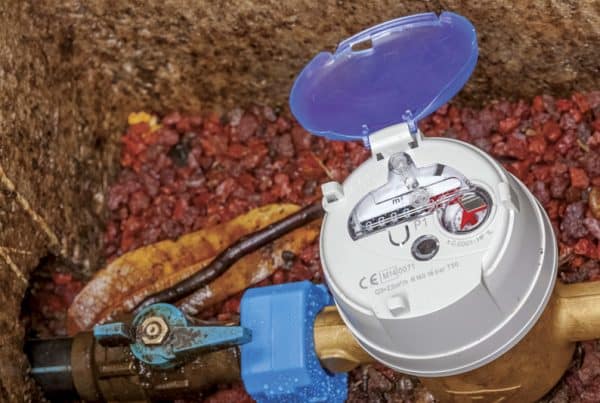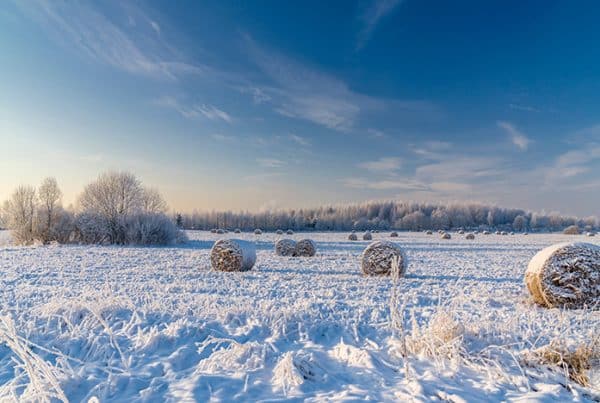The publication of the Eco2Urb report, a key element to guide this administration and those to come in planning the resilience necessary to face environmental challenges, has been authorized by Hudson City Council.
The 97-page report, ordered in June 2019 and submitted to the council on January 21st, 2020, is based on the audit of the Teknika HBA wetlands/woods of 2008 and the CIMA+ conservation plan of 2016 to form a technical foundation for a comprehensive approach to land use planning and management in all areas of Hudson.
The objective of the study was to prioritize and classify the natural areas to be conserved over all of the city’s natural spaces, in harmony with the objective of the Montreal Metropolitan Community, aimed at conserving 17% of its total surface. [The MMC’s Metropolitan Land Use and Development Plan (PMAD) aims to focus development in the sectors already served by roads, drinking water, the wastewater network, public transportation, schools and businesses].
The Eco2Urb report also provides recommendations to guide conservation efforts, including guidelines such as:
- Conservation of wetlands to improve general tolerance to waterlogging, particularly in the flood zone along the Ottawa River;
- Promote the biodiversity of trees to improve the resilience of forests;
- Foster a series of forest management practices (for example, planting, selective harvesting) that contribute to the diversity of habitats at the stand and landscape level;
- Concentrate conservation efforts on forests with a higher level of diversity;
- Concentrate efforts to restore forests with low resilience;
- Sensitize the inhabitants to the vectors of parasite invasion and exotic diseases (for example, firewood) and how to identify the main biological threats;
Restore the blue-green corridors between the fragmented habitat plots; - Keep fragments of quality habitat that can serve as landmarks, facilitating the movement of animals;
The protection of ecological corridors essential to biodiversity
Eco2Urb begins by identifying some of the main global issues in environmental conservation: “Many of the challenges [Hudson] is facing are expected to worsen over the next century. An increase in the average annual temperature of 3.1◦C is planned for the municipality by 2070 according to a scenario with high carbon emissions, which should lead to more frequent floods and droughts… Parasites and invasive diseases, such as the emerald ash borer, have already had an impact on Hudson’s urban cover.
Other accidental imports, such as the Asian longhorned beetle, have been recorded in southern Ontario and threaten the integrity of the city’s forest ecosystems”.
A shared responsibility
The Eco2Urb report highlights that preservation is a responsibility shared by all residents of Hudson, said Mayor Jamie Nicholls. “It is not the sole responsibility of municipal authorities to protect the essential ecosystems of our region. Community associations, private landowners and non-governmental organizations play a vital role in the mobilization and acquisition of vulnerable landscapes, for the greater good of all. To that end, Mayor Nicholls said that the municipal council intends to establish partnerships with community associations, private landowners and non-governmental associations.







